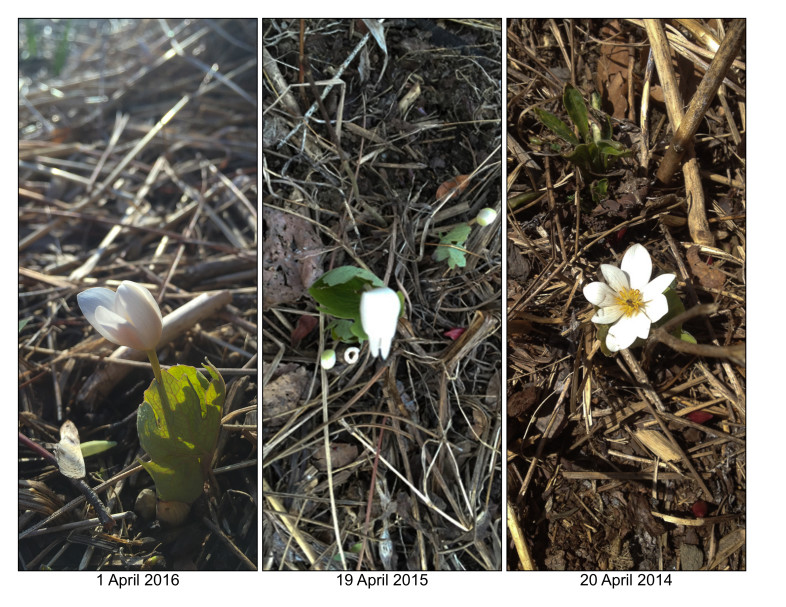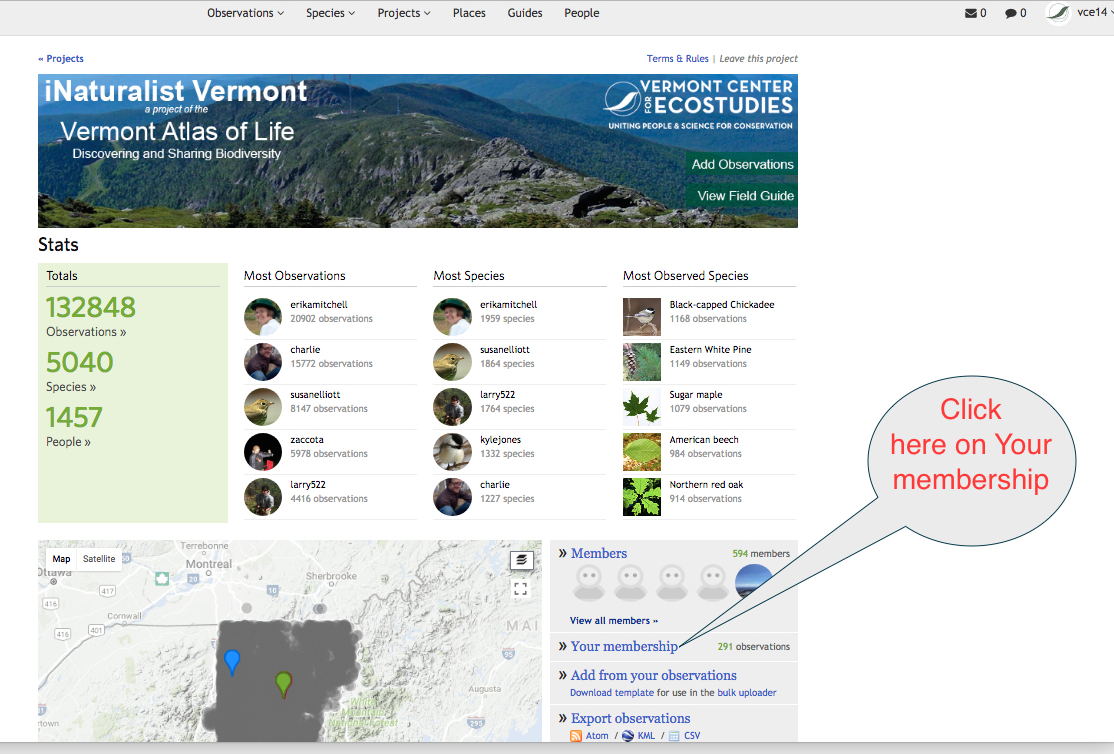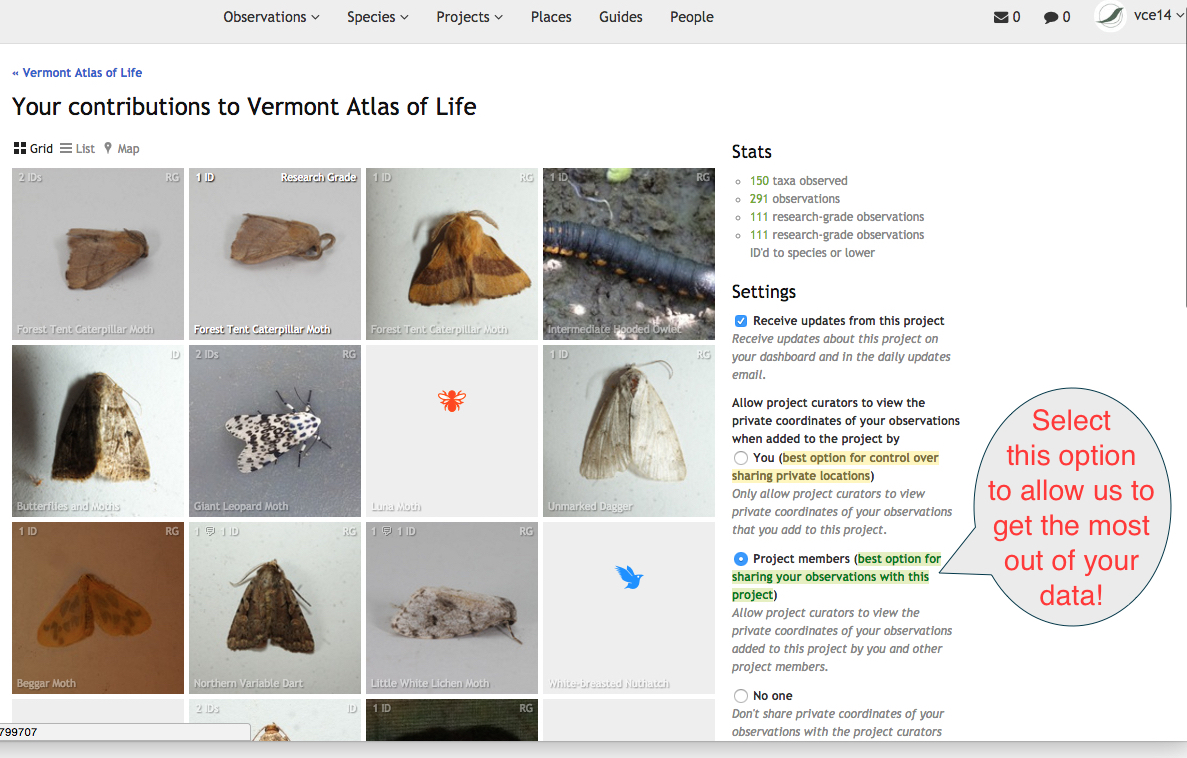Record Spring Wildflower Phenology
Last spring was the warmest on record for the continental U.S. in 121 years of record keeping. And with that, spring sprung early. I have monitored the first flowering of Bloodroot, a native spring ephemeral wildflower, in my yard for the past three years. I take a photo of the first flower each year and upload it to iNaturalist Vermont, a project of the Vermont Atlas of Life, using an iPhone and the iNaturalist app. Last year, it flowered nearly three weeks earlier than the past. What will this year bring? You can help monitor flower phenology too.
Spring ephemeral wildflowers are perennial woodland plants that sprout from the ground early each spring, quickly bloom and seed before the canopy trees overhead leaf out. Once the forest floor is deep in shade, the leaves wither away leaving just the roots, rhizomes and bulbs underground. It allows them to take advantage of the full sunlight levels reaching the forest floor during early spring.
Long-term flowering records initiated by Henry David Thoreau in 1852 have been used in Massachusetts to monitor phenological changes. Phenology, the study of the timing of natural events such as migration, flowering, leaf-out or breeding, is key to examine and unravel the effects of climate change on ecosystems. Record-breaking spring temperatures in 2010 and 2012 resulted in the earliest flowering times in recorded history for dozens of spring-flowering plants of the eastern United States.
Help Monitor Wildflower Phenology
We’ve chosen 10 common spring ephemeral wildflowers for everyone to monitor. Find a plot to monitor in a forest near you or simply record the status of those you find around Vermont. You can enter your observations on our site at iNaturalist Vermont. Please include a photograph(s) of the plant and in the box next to “Add a field” type in Flowering Phenology (select bare, flower, or fruit).
Focal Wildflowers (click to learn more about each):
Trout Lily (Erythronium americanum)
Bloodroot (Sanguinaria canadensis)
Marsh Marigold (Caltha palustris)
Spring Beauty (Claytonia caroliniana)
Red Trillium (Trillium erectum)
Painted Trillium (Trillium undulatum)
Starflower (Trientalis borealis)
Dutchman’s Breeches (Dicentra cucullaria)
Squirrel Corn (Dicentra canadensis)
Jack-in-the-pulpit (Arisaema triphyllum)

The same Bloodroot plant monitored for three years flowered nearly three weeks earlier last year. / K.P. McFarland








